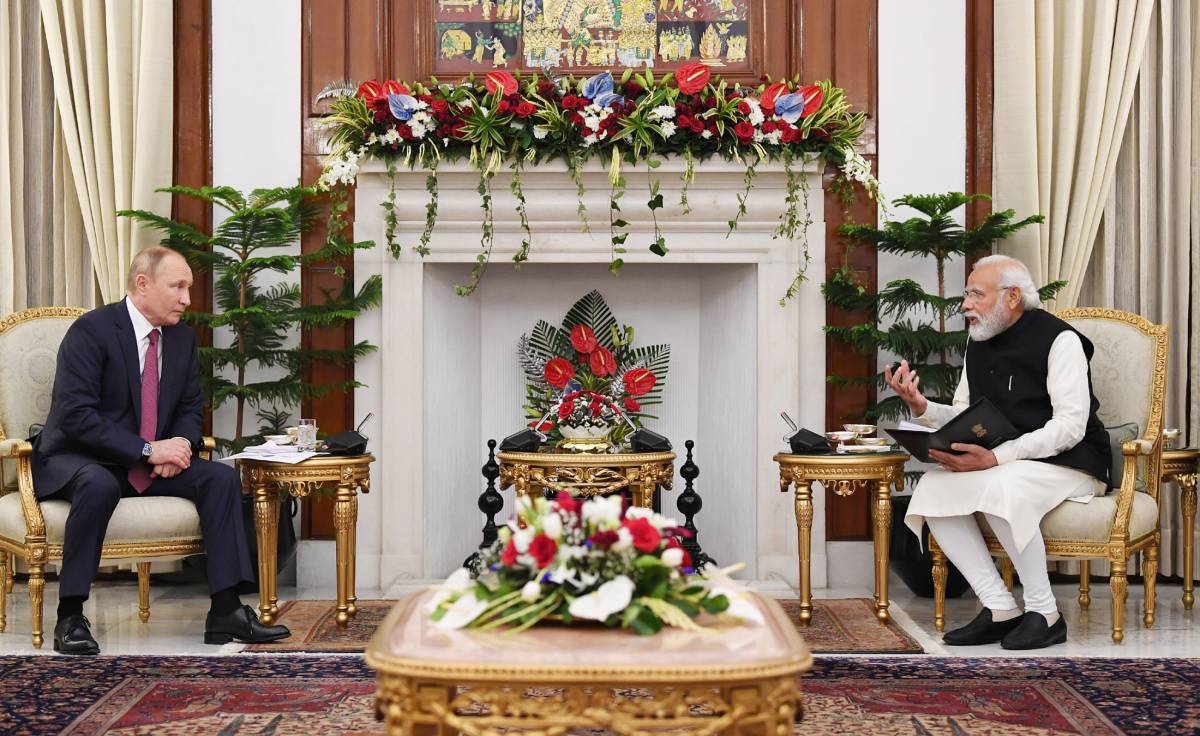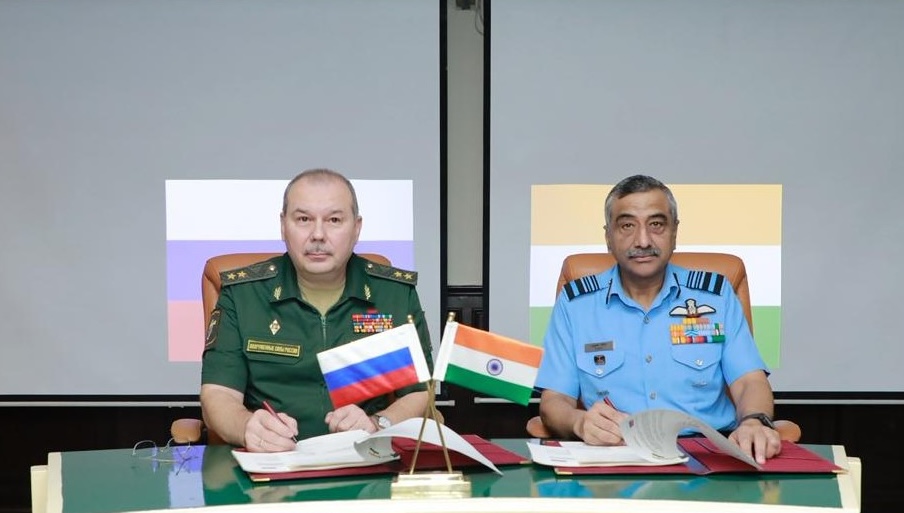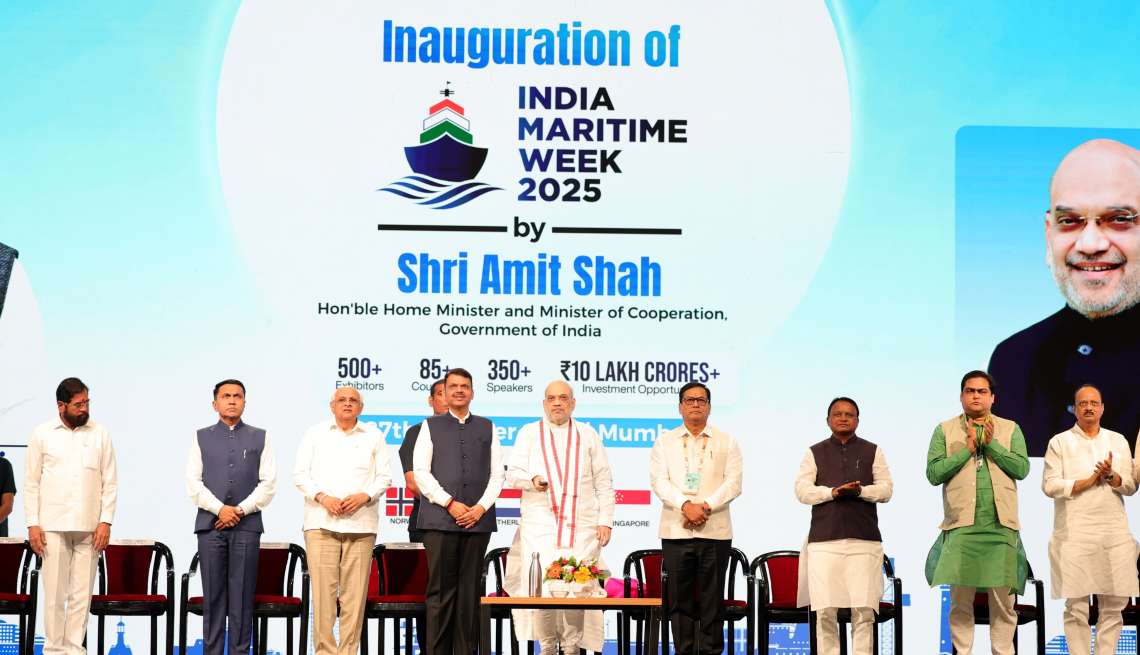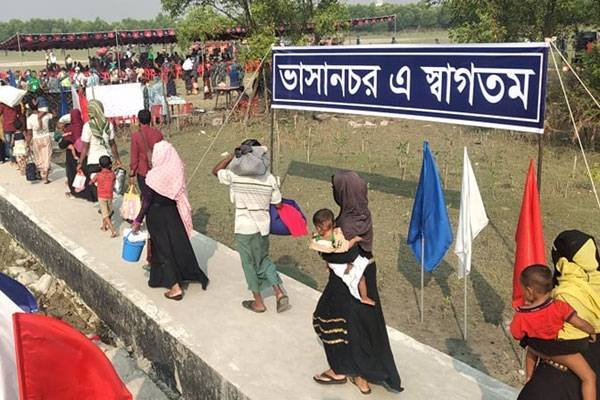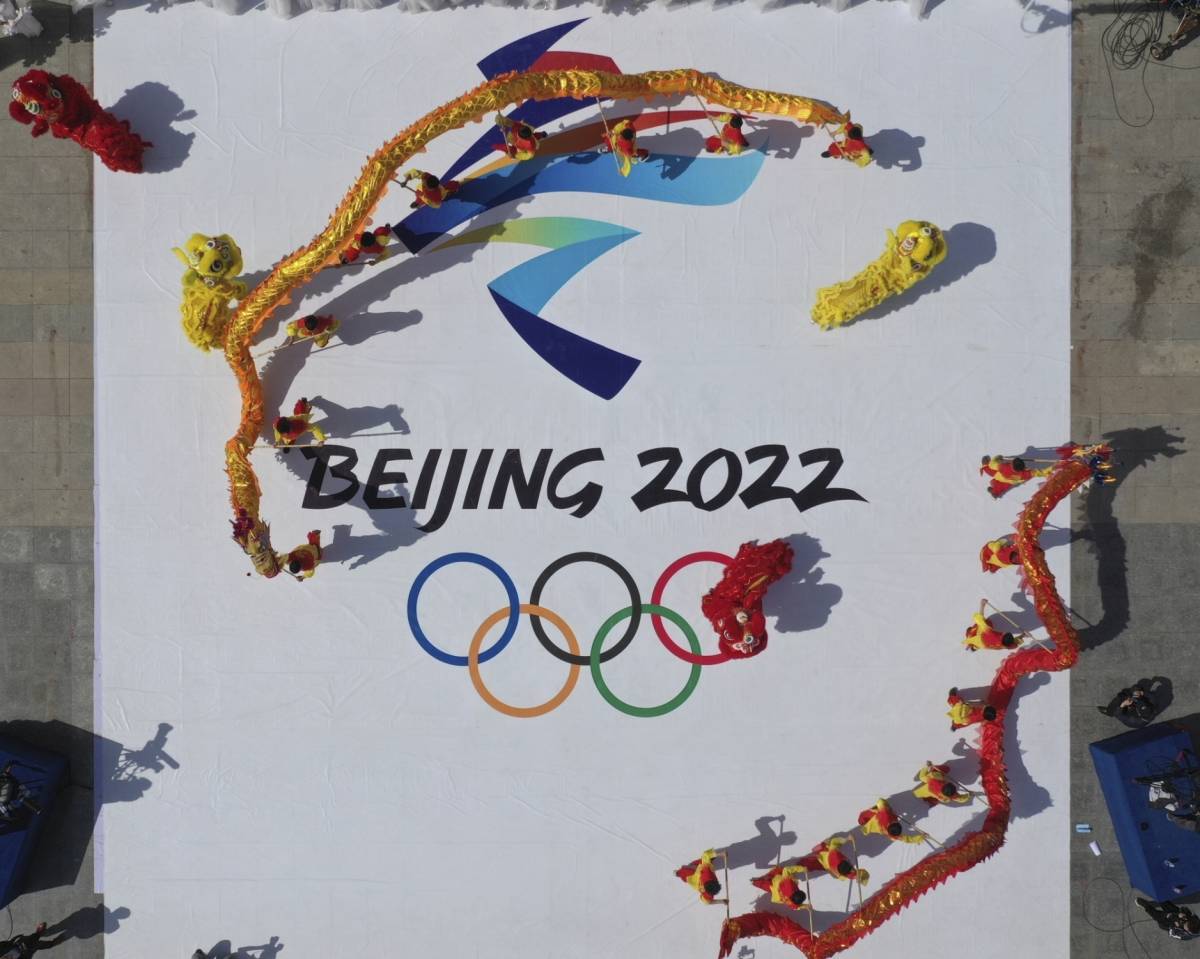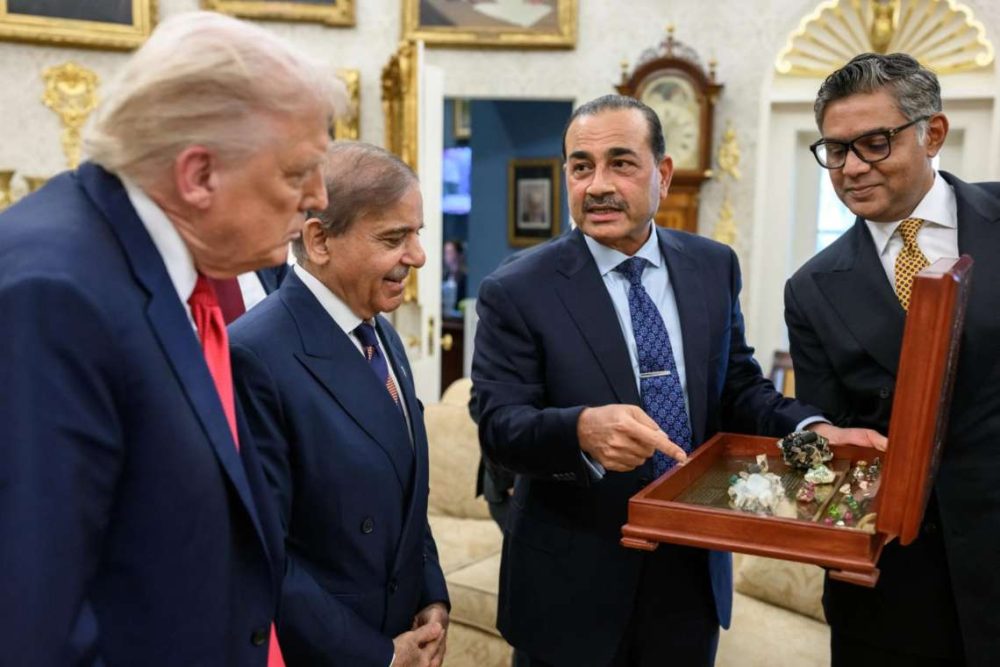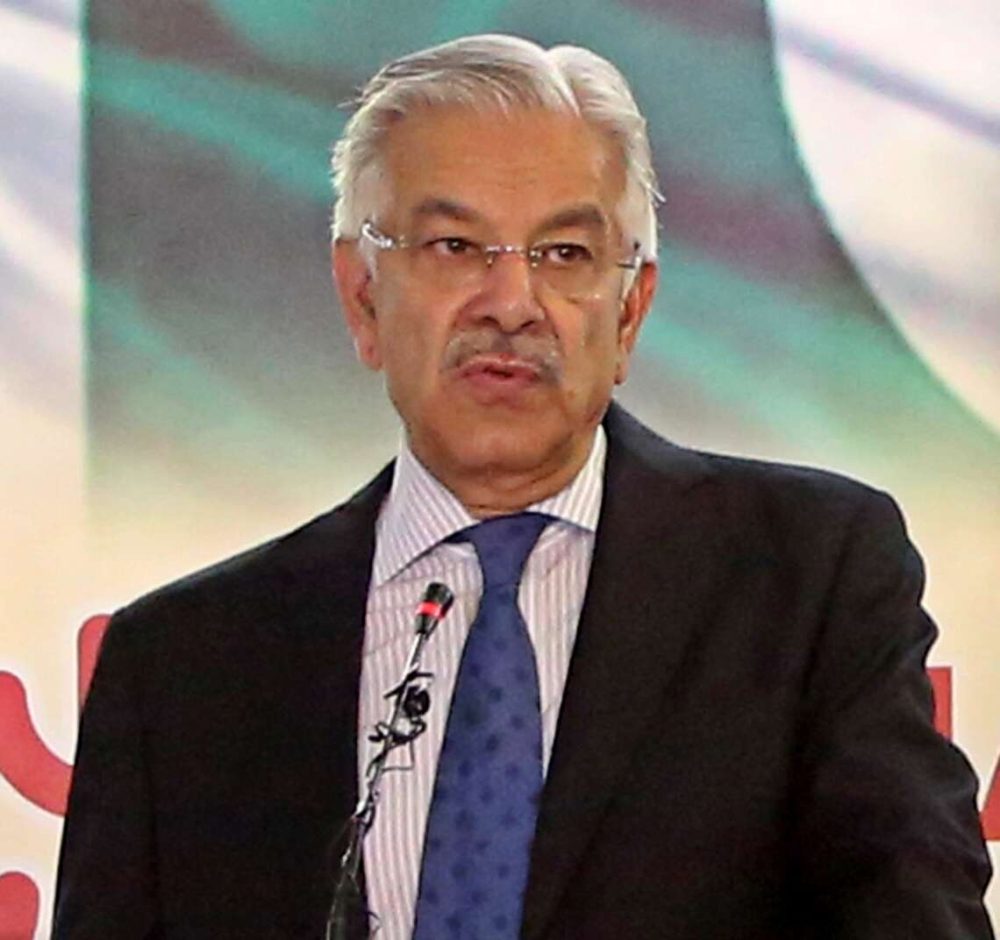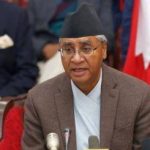Russia has contributed extensively to India’s rise as a space power since the USSR became one of the three countries that helped India in setting up the Thumba Equatorial Rocket Launching Station (TERLS) in 1962, a report by Ateet Sharma
The Indian Space Research Organisation (ISRO) and Russia’s federal space agency Roscosmos have taken their partnership to the next level after signing yet another agreement on ‘Cooperation in Space’ during 21st India-Russia Annual Summit in New Delhi on Monday.
The latest agreement spelled out measures for the protection of technologies in connection with cooperation in the exploration and use of outer space for peaceful purposes, as well as in the creation and operation of launch vehicles and ground-based space infrastructure.
The document creates a regulatory and legal basis, which is necessary, among other things, for the transition to the practical implementation of Russian-Indian cooperation in the field of engine building.
“There was appreciation on the Space Programme training of four Indian cosmonauts, who are on the Gaganyaan mission. They have concluded their training, but there is other areas of cooperation with Russia and the space sector including joint development, joint R&D, etc,” said Foreign Secretary Harsh Vardhan Shringla.

India’s Ministry of External Affairs stated that, during their meeting in Delhi on Monday, Prime Minister Narendra Modi and Russian President Vladimir Putin discussed the progress of some specific projects,covering strategic areas including civil nuclear energy and space.
Russia has contributed extensively to India’s rise as a space power since the USSR became one of the three countries that helped India in setting up the Thumba Equatorial Rocket Launching Station (TERLS) in 1962.
The launching of the first Indian satellite, Aryabhata, in 1975 and first Indian cosmonaut Rakesh Sharma’s eight-day flight as a member of a joint Soviet-Indian Soyuz-T11 spacecraft crew in 1984 took the partnership to new heights, quite literally.
In 2007, ISRO and Roscosmos had signed an agreement on joint lunar research and exploration with the cooperation envisaging Chandrayaan-2, a joint lunar mission involving a lunar orbiting spacecraft and a Lander/Rover on the moon’s surface.
Russia is also playing a significant role in the Gaganyaan orbital spacecraft project which had kicked off in August 2018 with a mission to send aloft an astronaut from Indian soil to mark the 75th anniversary of the country’s independence in 2022.
Last year, four Indian Air Force fighter pilots started training at Moscow’s Gagarin Research and Test Cosmonaut Training Center (GCTC) for a spaceflight under the contract between Glavkosmos, JSC (part of the State Space Corporation Roscosmos) and ISRO’s Human Spaceflight Centre.
The extensive cooperation between the two countries in the field of space is only expected to grow further with the signing of the new agreement.

Already, as reported by IndiaNarrative.com last week, India is considering proposals for collaborations and cooperation in space research with many countries.
Atomic Energy and Space minister Jitendra Singh had told Rajya Sabha on Thursday that building of satellites, development of science instruments for earth observation, space science and planetary exploration; new propulsion technologies; sharing of satellite data; human spaceflight support, space situational awareness, training and capacity building in space technology applications are some of the specific areas in which collaboration and cooperation could be possible in future.
India’s engagement with Russian Far East
The much-awaited in-person meeting between Prime Minister Narendra Modi and Russian President Vladimir Putin has caught the worlds attention not only as it marks a shift in New Delhis foreign policy strategy but also serves as a platform for economic collaboration, specifically with an increased thrust on the Russian Far East (RFA) which is rich in oil, natural gas, iron ore, coal, wood and coal among other things.
The two countries are already exploring ways to jointly develop hydrocarbons in RFA and also on the Arctic belt.
“This partnership brings real mutual benefit to both states. Bilateral trade shows good dynamics; ties are actively developing in the energy sector, innovation, space, and the production of coronavirus vaccines and medicines,” Putin said last week.
Modi visit to Vladivostok, the capital of Russian Far East in 2019 as the Chief Guest for the Fifth Eastern Economic Forum, kicked off a new phase in India’s engagements in the region.
“We are starting a new era of cooperation in the Indo-Pacific region,” Modi said while announcing a $1 billion credit line. The two leaders also proposed to develop the Chennai Vladivostok Maritime Corridor– a sea link between Vladivostok and Chennai. Work is underway to make this sea link efficient.
India’s overall investment in Russian oil and gas projects is more than $15 billion, making it the single largest destination of Indian overseas.
Until now, bilateral trade between India and Russia has remained low. During April 2020-March 2021 trade between the two countries stood at $8.1 billion though New Delhi and Moscow have now set a target at $30 billion by 2025. Compare this with Russia-China trade. In 2019, trade between Moscow and Beijing hit $110 billion.

“While at this point the target may look steep, the two countries have an untapped potential. Until now relations have been driven by G2G (government to government) dealings. But now both the countries are looking at increasing investments,” Anil Trigunayat, former ambassador and Distinguished Fellow at Vivekananda International Foundation told India Narrative. Trigunayat pointed out that until now the “economic side” has been the “weakest link.”
“But with India’s focus on RFA from 2019, things are changing rapidly,” he said. “It should not be confined just to energy but other areas such as gems and precious metal must also get the due focus,” Trigunayat said.
The region is also rich in diamond, gold and silver and India being one of the largest exporters of jewellery, the precious metal segment will also be critical for New Delhi.

Russia has done its bit to draw investments in the region. One of the most critical sops includes a five-year tax holiday for future investors in the region. According to Invest India, the RFE currently has the lowest level of taxation of any region within the Asia-Pacific.
The RFE region however is “in dire need of human resources.” Though the Far East region covers close to 40 per cent of Russia’s land, it houses less than 5 per cent of the Russian population.
Trigunayat said that this also provides a unique opportunity to Indian investors to gain a pole position.
The Invest India — the nodal body under the Ministry of Commerce and Industry, facilitating investments in the country, noted that the RFE can fulfill India’s need for resources and provide an undeniable strategic advantage.
However, implementation and specific time bound measures will be now key.
(Along with report from Mahua Venkatesh) (The content is being carried under an arrangement with indianarrative.com)


